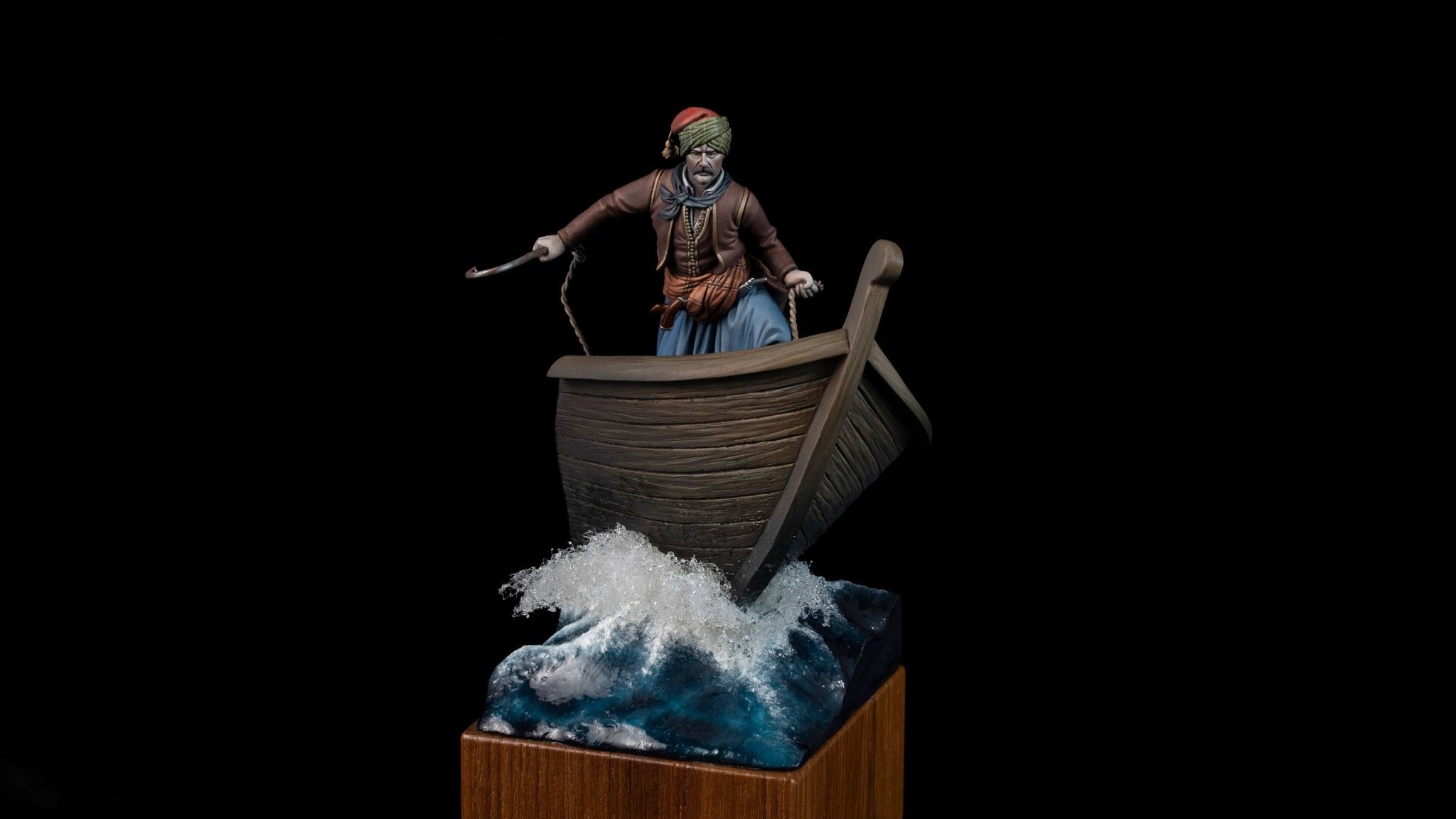Whether it’s General Theodoros Kolokotronis, Laskarina Bouboulina, Konstantinos Kanaris or any other Greek Revolution hero and heroine, Christos Panagiotopoulos turns them into miniature models crafted with love and devotion.
“It is a big passion, a big love,” Christos tells The Greek Herald from his lab in Athens, Greece.
He remembers clearly the day he saw painted miniatures for the first time in a shop when he was 20 years old.
“I fell in love. It was love at first sight,” he recalls.
For the next 30 years, Christos would be working on them himself.
“It started as a hobby but it evolved into an art and a proper job. I had some talent and with years of work I got better and better,” he says.
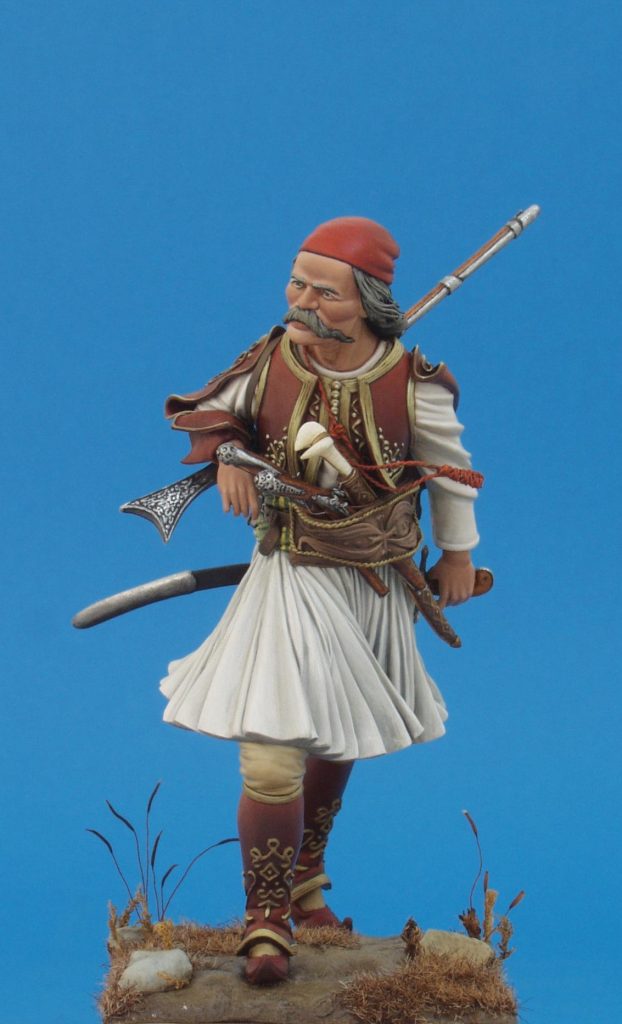
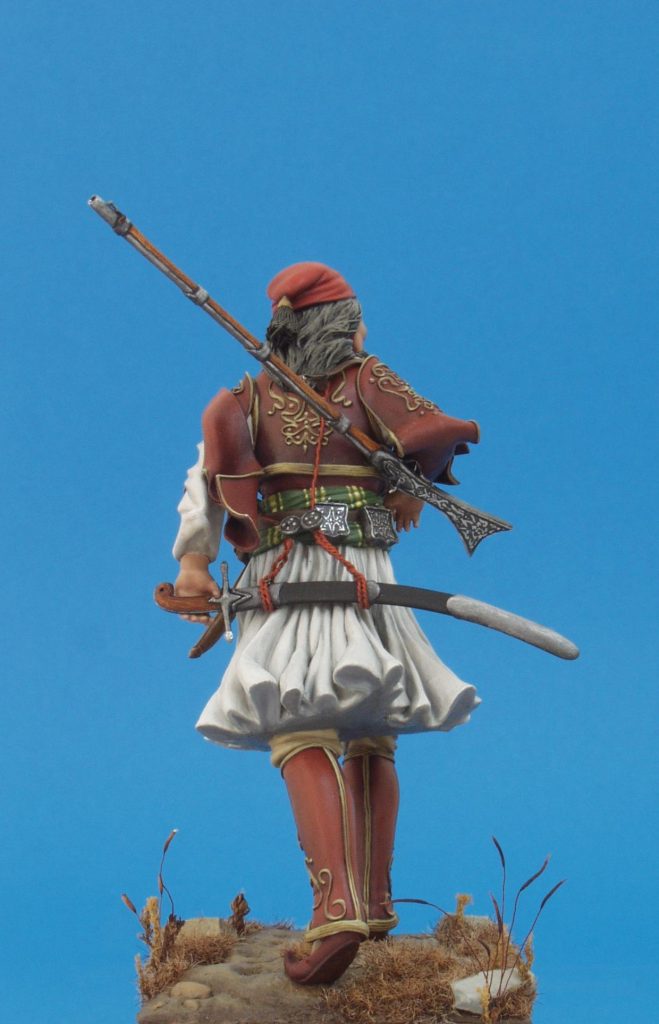
Christos’ creations and miniature models were also recently recognised by a Grand Master Award.
He first started creating Byzantine History figures, transforming already existing miniatures of soldiers from the west or east to Byzantium ones. After that, he started creating miniatures from scratch and then he got into sculpture.
“I am self-taught, I didn’t go to a school. I got better through working and studying,” he says.
“Since I am Greek, the love for Greek history was there from the beginning. I loved the Greek Revolution of 1821 since I was a kid.”
One of the first original models he ever did was a Greek Revolution soldier.
“In the first few years, I started taking part in competitions. In the third year, I entered an international competition abroad. I won an award. Competitions light a fire in you to always try and be better to stand out,” he says.
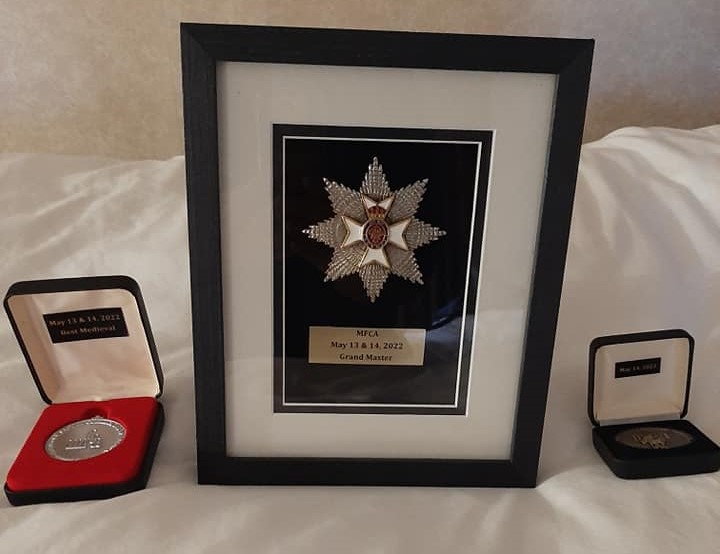
Back then, there was no internet for Christos to search information about his creations. He used to go to museums, to books and asked around.
“Now you can find easily information, images and paintings. It’s not only about finding the costume, is about combining the colours, creating the environment that you will put the miniature in. It is an art with many different aspects,” he explains.
Miniatures of the heroes of the Greek Revolution demand even more time to be made because of their very special costumes. A miniature such as Kolokotronis could take up to 30 days to be created.
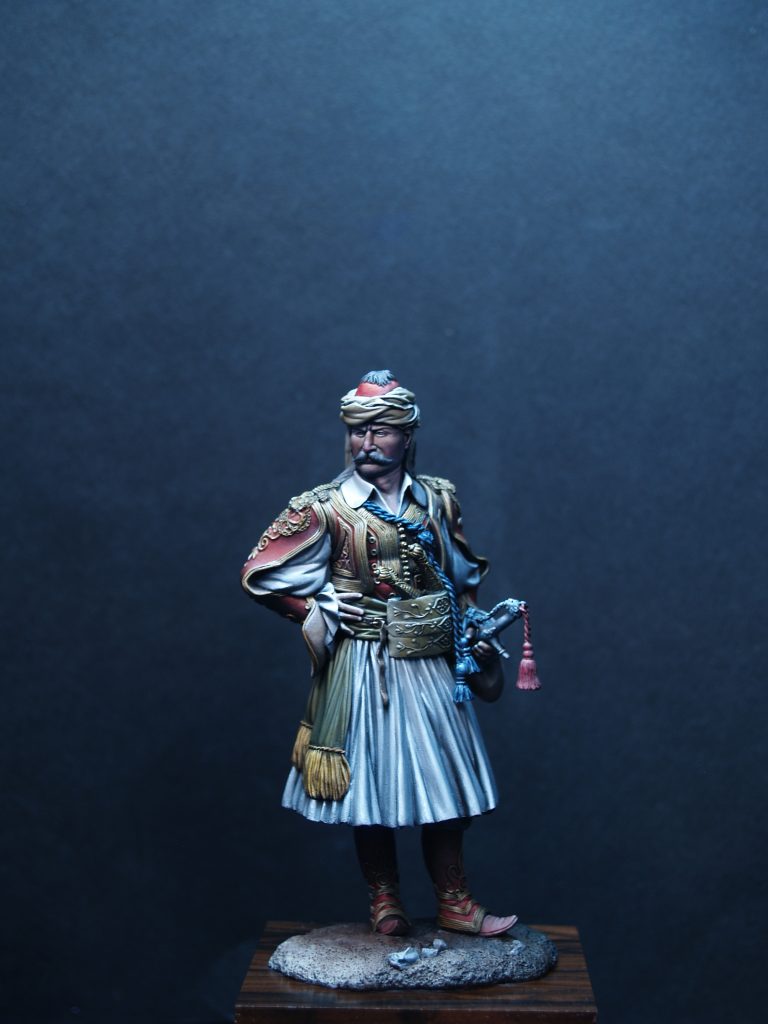
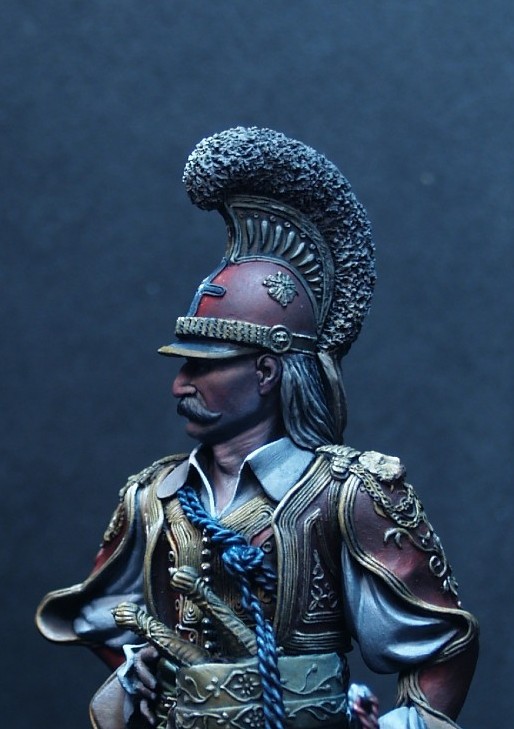
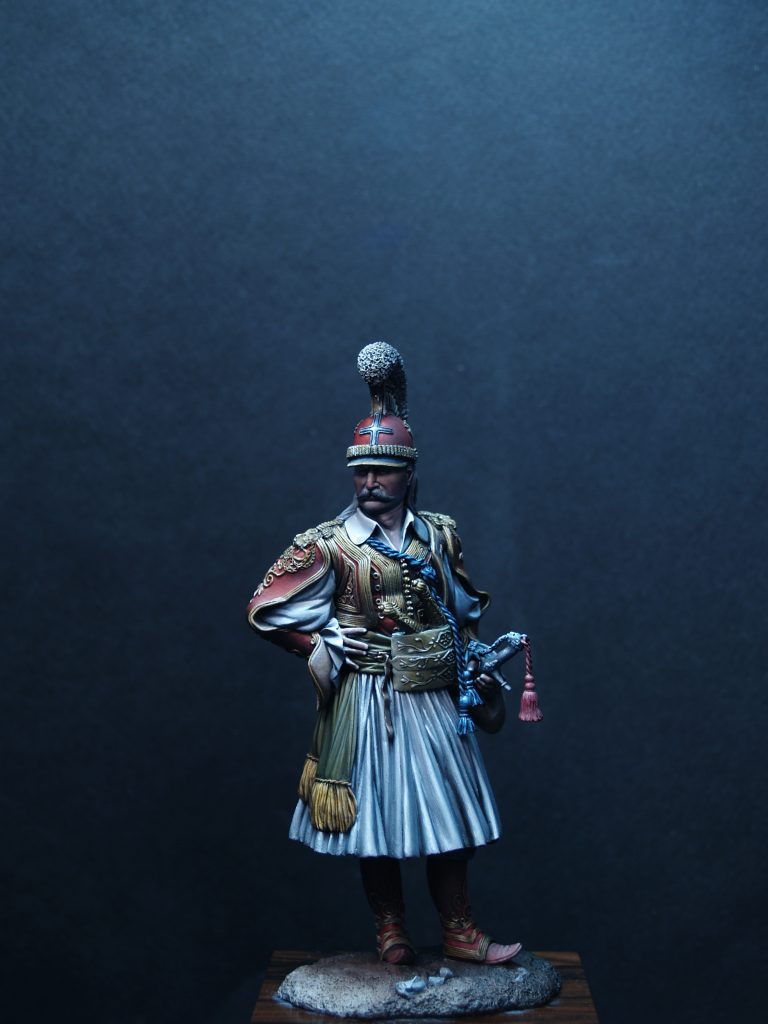
“Sculping a fustanella takes a lot of time. Every part of the costume is created separately. It also has to do with the soldiers’ movement,” Christos says.
First, Christos shapes the fustanella and then he crafts each strip one by one.
“The sculpture is made from the inside to the outside,” he says. “First you shape the body, then the movement of it, then the bones, the muscles and then you add the clothes.”
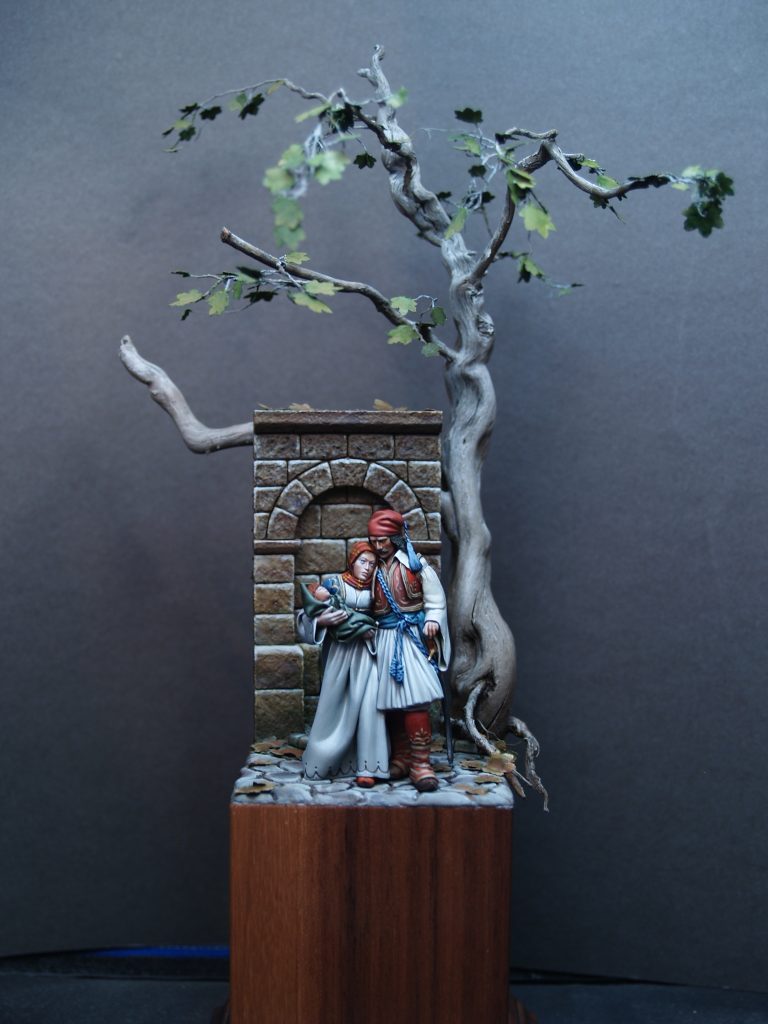
When it comes to selling, there are two options – one of making an original miniature that is going to be sold to a collector, or the procedure of creating a model that is going to be copied and recreated before being sold for people to buy it and paint it themselves.
Christos says that when it comes to miniaturists’ communities, the situation in Greece is similar to other countries.
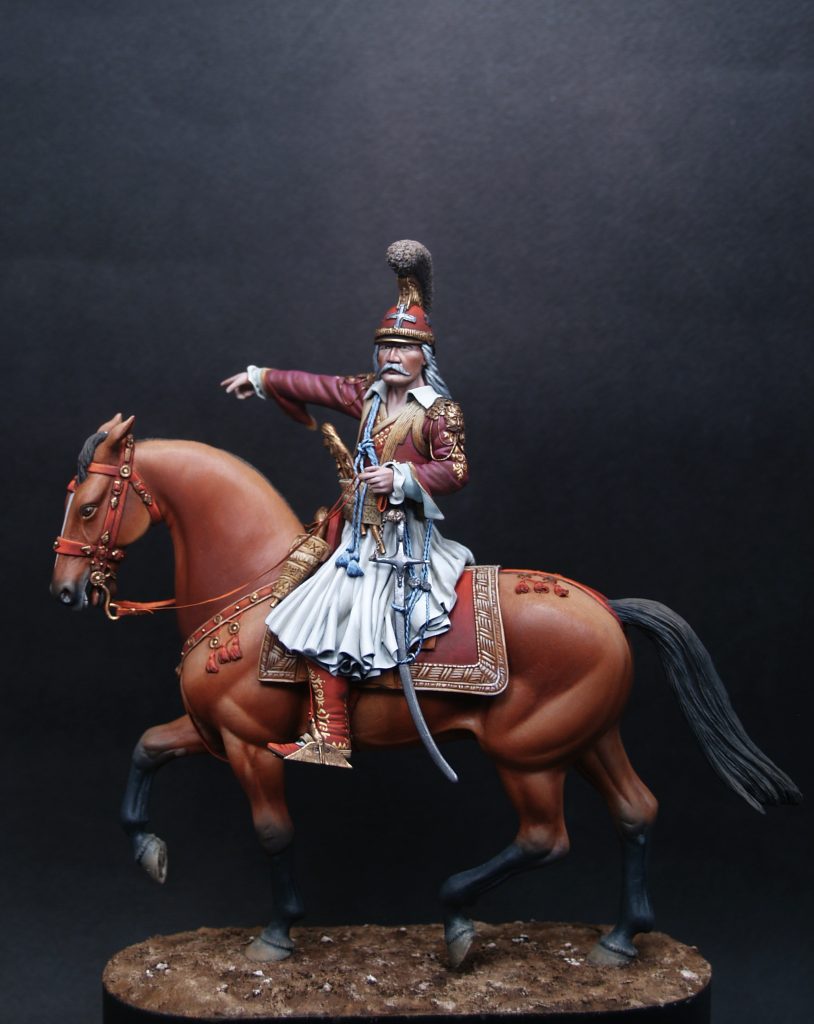
“Our participation in exhibitions outside Greece and communicating with other artists abroad helped us evolve as artists,” he adds.
Asked about the hours he works on his miniatures every day, he laughs, before concluding: “I work from morning till night.”
You can reach out to Christos here: historiaminiatures47@gmail.com

